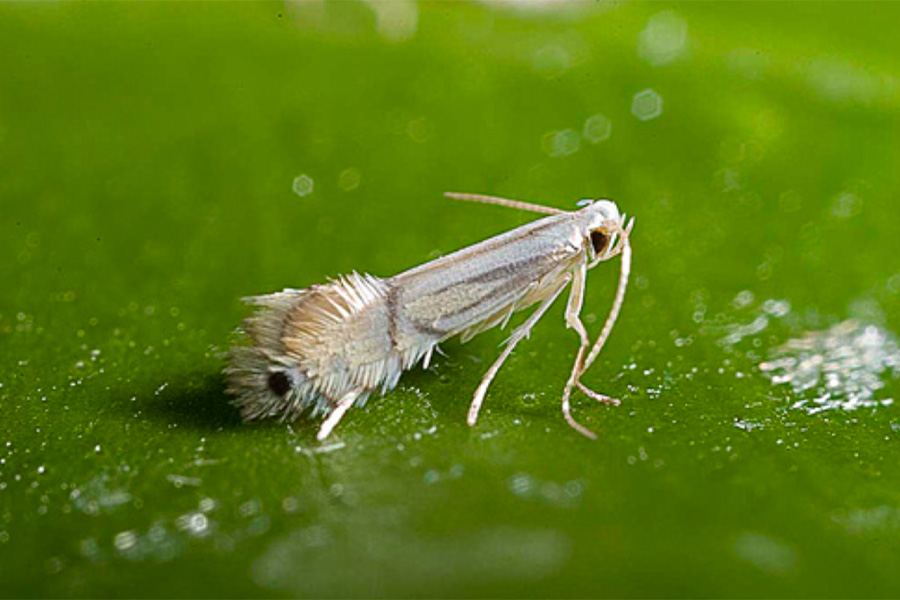-
 In the Southeastern U.S., beef cattle producers focus on forage management and maximizing the grazing season. To that end, Southeastern cattle spend the vast majority of their lives either grazing or consuming stored forage. Cereal grains and coproduct feeds are also commonly used nutritional supplements for cattle in times of…
In the Southeastern U.S., beef cattle producers focus on forage management and maximizing the grazing season. To that end, Southeastern cattle spend the vast majority of their lives either grazing or consuming stored forage. Cereal grains and coproduct feeds are also commonly used nutritional supplements for cattle in times of…|
-
 This bulletin is intended to provide to provide both veteran and new growers an overview of commercially popular pruning strategies and a greater depth of understanding of the theory behind pruning method practice. Dormant pruning is an important vineyard management decision as it sets the crop level and canopy density…
This bulletin is intended to provide to provide both veteran and new growers an overview of commercially popular pruning strategies and a greater depth of understanding of the theory behind pruning method practice. Dormant pruning is an important vineyard management decision as it sets the crop level and canopy density…|
-
 In 2016, Georgia’s plant disease losses, including control costs, amounted to an estimated $821 million. The value of the crops used in this estimate was approximately $6,596 million, resulting in a 12.8% relative disease loss across all crops included in this summary. The estimated values for most crops used to…
In 2016, Georgia’s plant disease losses, including control costs, amounted to an estimated $821 million. The value of the crops used in this estimate was approximately $6,596 million, resulting in a 12.8% relative disease loss across all crops included in this summary. The estimated values for most crops used to…|
-
 Citrus leafminer (Phyllocnistis citrella) is found in Georgia and states along the Gulf of Mexico. Leafminer damage to foliage can stunt the growth of young trees and make trees more susceptible to citrus canker where the pathogen is present. Mature trees can better tolerate the damage although heavy infestations may…
Citrus leafminer (Phyllocnistis citrella) is found in Georgia and states along the Gulf of Mexico. Leafminer damage to foliage can stunt the growth of young trees and make trees more susceptible to citrus canker where the pathogen is present. Mature trees can better tolerate the damage although heavy infestations may…|
-
 Due to cows’ universal exposure to manure, which contains E. coli and other gram-negative bacteria, as well as the requirement to maintain sec as low as possible, all cows should be vaccinated with one of the coliform vaccines available on the market. These vaccines have been proven to significantly reduce…
Due to cows’ universal exposure to manure, which contains E. coli and other gram-negative bacteria, as well as the requirement to maintain sec as low as possible, all cows should be vaccinated with one of the coliform vaccines available on the market. These vaccines have been proven to significantly reduce…|
-
 This publication covers the basics of different weed control options including mechanical, chemical, and environmentally friendly practices. The material provides both consumers and small vegetable farm growers options for weed control in their gardens. Weeds compete for space, steal nutrients and water from crops, and can look unsightly in the…
This publication covers the basics of different weed control options including mechanical, chemical, and environmentally friendly practices. The material provides both consumers and small vegetable farm growers options for weed control in their gardens. Weeds compete for space, steal nutrients and water from crops, and can look unsightly in the…|
-

New ornamentals have long been considered the lifeblood of the green industry. This publication contains recommendations for best-performing new annuals based on research conducted at the Trial Gardens at the University of Georgia, showcasing the plants that were awarded Classic City Awards in 2018.
|
-
 The grass lace bug, Leptodictya plana Heidemann (Hemiptera: Tingidae), has been recently reported as a pest of ornamental grasses in Georgia. It is closely related to, and resembles, the sugarcane lace bug, L. tabida (Herrich-Schaeffer). The lace bug thrives in warm, dry conditions, and the recent drought in the Southeastern…
The grass lace bug, Leptodictya plana Heidemann (Hemiptera: Tingidae), has been recently reported as a pest of ornamental grasses in Georgia. It is closely related to, and resembles, the sugarcane lace bug, L. tabida (Herrich-Schaeffer). The lace bug thrives in warm, dry conditions, and the recent drought in the Southeastern…|